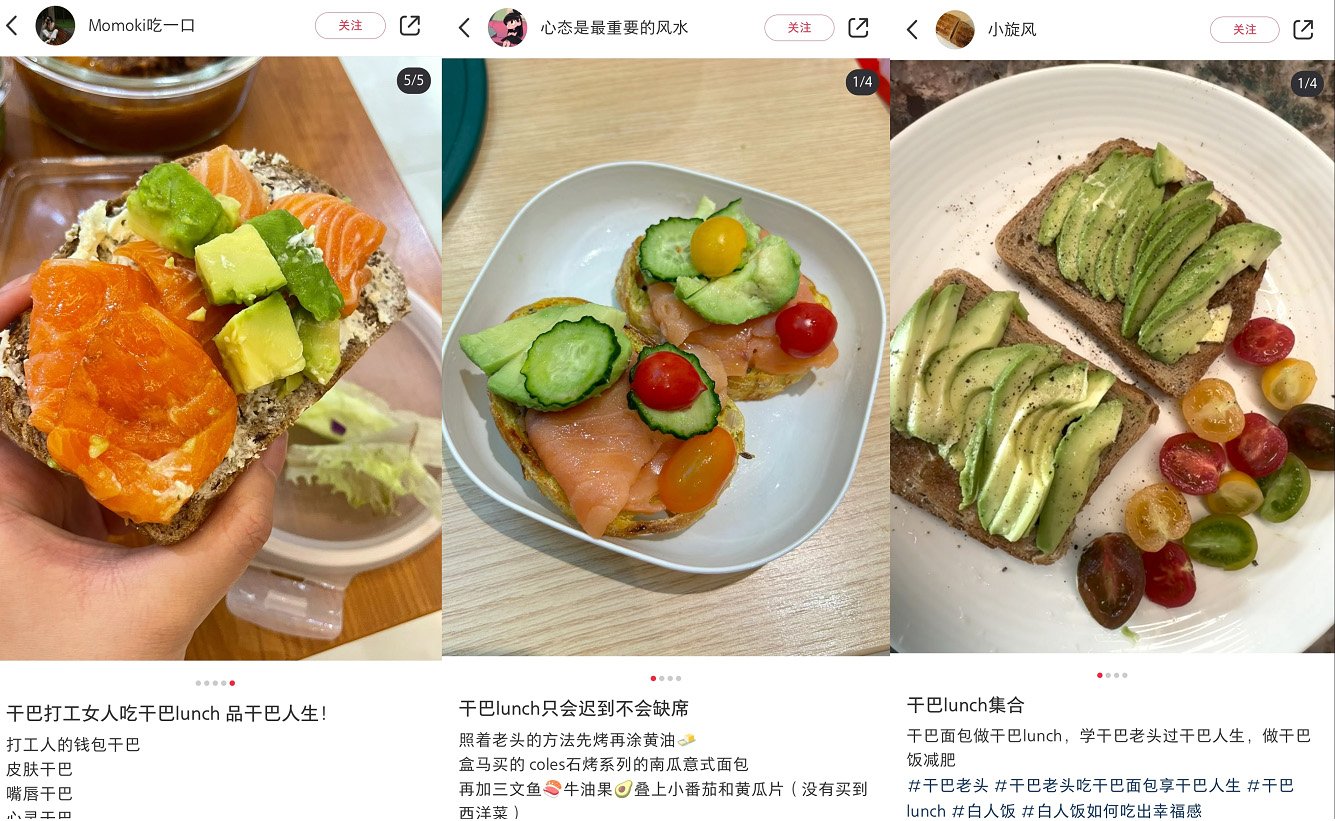Why burying yourself in over 40°C sand is a trending wellness practice in summer
If you are on Chinese social media, you might have seen that many people from the south are heading to Turpan in Xinjiang province for sand therapy this summer. At first glance, it might be hard to understand why they would bury their bodies in sand at over 40°C just to ‘get rid of dampness?'
A note sharing sand therapy in Turpan on Xiaohongshu. An interesting popular comment reads, "Planting a Southerner can sustain a saxaul tree." Image: Xiaohongshu @Feruze菲菲
Sand therapy, also known as sand burial therapy, is a traditional treatment that utilizes the physical and chemical properties of sand to enhance physical health and prevent or treat diseases. It is particularly effective for conditions such as rheumatoid arthritis and cervical spondylosis. The sand in Turpan is rich in trace elements, and the strong local infrared radiation helps accelerate cellular energy absorption and stimulate metabolism, while the relatively weak ultraviolet rays reduce the risk of sunburn. Sand therapy is primarily conducted from June to August when the sand temperature ranges between 40-50°C, optimizing its therapeutic effects.
Known as the "open-air sauna," Turpan's sand therapy is a unique traditional medical practice created by the Uyghur people and was included in the national list of intangible cultural heritage representative projects in 2024. Sand therapy has become a hallmark of Turpan's cultural tourism, attracting over 300,000 visitors each year.
Turpan‘s sand therapy. Images: Xiaohongshu @新疆是个好地方
This therapy is very popular among people from the south because it effectively removes dampness (a sub-health condition according to Traditional Chinese Medicine). In TCM theory, dampness is considered one of the six excesses (wind, cold, summer heat, dampness, dryness, and fire). These elements play an important role in maintaining normal physiological functions but can become pathogenic factors if imbalanced. The southern regions often experience high air humidity, making dampness removal more necessary for people there. However, sand therapy should be undertaken based on a doctor's advice, as blindly following trends can potentially harm the body.
Now, "removing dampness" seems to be a major wellness priority for consumers, especially in southern cities. Besides sand therapy, this summer you can see young people lining up at major traditional Chinese medicine hospitals for Sanfu moxibustion services, a traditional Chinese medicine treatment applied during the hottest days of summer to boost immunity against winter chills. However, the use of Sanfu patches is not suitable for everyone, so it’s best to get a professional prescription from a reputable hospital.
Many people were lining up at traditional Chinese medicine hospitals for Sanfu moxibustion services. Image: Xiaohongshu @每天都在杀鱼 @安沐家AMJ
Consumers are also removing dampness by drinking Chinese-style herbal and botanical water. You can find bottled drinks with 0 sugar, 0 fat, and 0 calories in convenience store refrigerators, made from traditional ingredients like red beans, coix seeds, mung beans, goji berries, and dried tangerine peel. Coix seeds mixed with red beans are commonly believed to remove “dampness“ in the body and are good for spleen and stomach. Though the taste of these healthy drinks with clean formula is bland, they are considered much safer substitutes for plain boiled water. This "light dietary therapy" allows consumers to stay healthy while working hard and is currently a popular wellness practice among them.
Chinese-style botanical water shard on RED. Image: Xiaohongshu @希同饮品甄选 @你的黄同学 @轻上轻饮
China Skinny believes that these wellness practices highlight several key signals:
Trust in ancient wisdom: Consumers place a strong trust in ancient wisdom, whether it involves herbal ingredients or traditional therapies.
Shift in health awareness: There is a growing focus on preventing disease rather than just treating it. Both sand therapy and Sanfu patches are mainly used to manage sub-health conditions and prevent serious illnesses.
Preference for natural, health-boosting ingredients: Consumers favour natural ingredients with inherent health benefits. Wellness waters made from traditional Chinese herbal or botanical ingredients meet the daily health needs of consumers and fit well with the "light dietary therapy."


































Chinese traditional wellness practices such as sand therapy, Sanfu moxibustion, and herbal or botanical beverages are trending this summer. Chinese consumers are increasingly drawn to health regimens rooted in ancient wisdom.